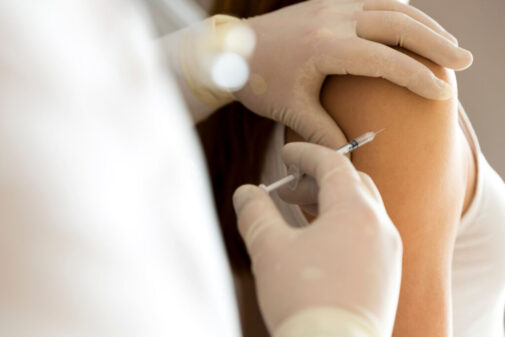Hand washing important for hospital patients

While plenty of studies have focused on hand hygiene for hospital staff and visitors, there has been little emphasis on the way patients wash their hands to reduce the spread of infection, researchers say.
According to a study led by McMaster University researcher Dr. Jocelyn Srigley, hand hygiene rates among patients are low. They wash about 30 percent of the time while in the washroom, 40 percent during meal times, and only 3 percent of the time when using the kitchens on their units. Hand hygiene rates were also low on entering and leaving their hospital rooms, at about 3 percent and 7 percent respectively.
“This is important because getting patients to wash their hands more could potentially reduce their risk of picking up infections in the hospital,” said Srigley, an assistant professor of medicine at McMaster’s Michael G. DeGroote School of Medicine in Ontario, in a statement. Srigley also is the associate medical director for infection prevention and control at Hamilton Health Sciences, a seven-hospital health system.
The research was published online in Infection Control and Hospital Epidemiology.
Researchers looked at the hand hygiene of 279 adult patients in a Canadian acute care teaching hospital. Over an eight-month period, they used new electronic hand hygiene monitoring technology involving sensors on all soap and sanitizer dispensers. The same system was used by the team in its recent study that discovered fewer health care workers wash their hands when not being watched.
“At the hospital where this study was conducted, patients were not given any specific information about hand hygiene,” Srigley said. “We can’t expect patients to know when to wash their hands if we don’t inform them, so it’s not surprising that they wash their hands infrequently.”
Organisms such as Clostridium difficile (C. difficile) or norovirus can survive on skin and surfaces, contaminate patients’ hands, and then be ingested, leading to infection. Similarly, MRSA (methicillin-resistant Staphylococcus aureus) and respiratory viruses could also be acquired by patients from the environment by way of their hands, according to the study.
The study’s results are not surprising, said Inga Storbakken, a certified physician assistant with Best Practices Inpatient Care, a medical group practicing at Advocate Condell Medical Center.
“Hand hygiene is something that could be improved by everyone in any and every health care setting, especially in hospitals,” Storbakken says. “As a provider, I feel it is important to set a good example of hand hygiene to colleagues and patients by promoting hand hygiene best practices. It is everyone’s responsibility to help patients with resources, guidelines and empowerment materials in order to make progress in this area.”
Related Posts
Comments
2 Comments
About the Author
health enews staff is a group of experienced writers from our Advocate Health Care and Aurora Health Care sites, which also includes freelance or intern writers.


















Interesting perspective on flipping the research around to look at patients. I’m so diligent about washing my hands at home when my kids are sick one would think it would be the same way in a hospital!
Very interesting–I’ve never thought of it from the patient’s perspective. Working in the hospital, I’ve gotten a bit obsessive about counting twenty seconds while washing my hands!